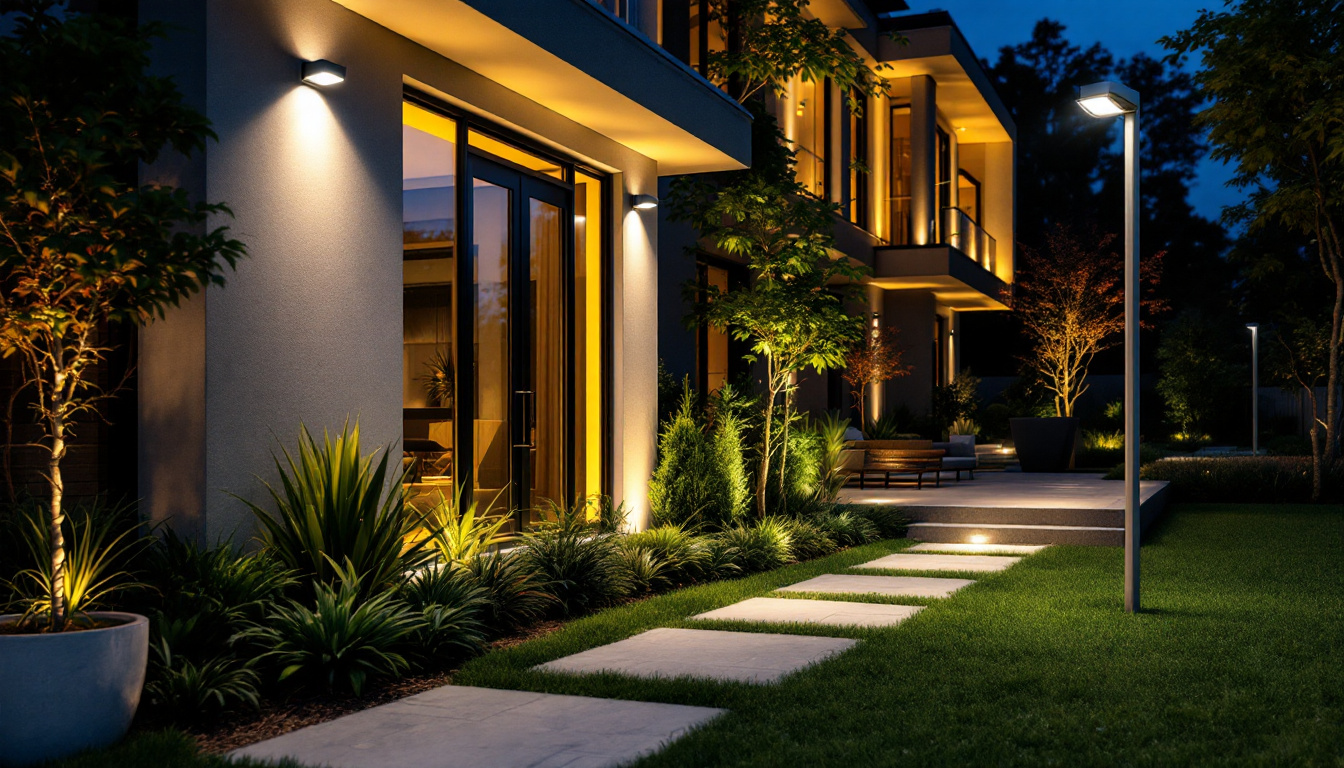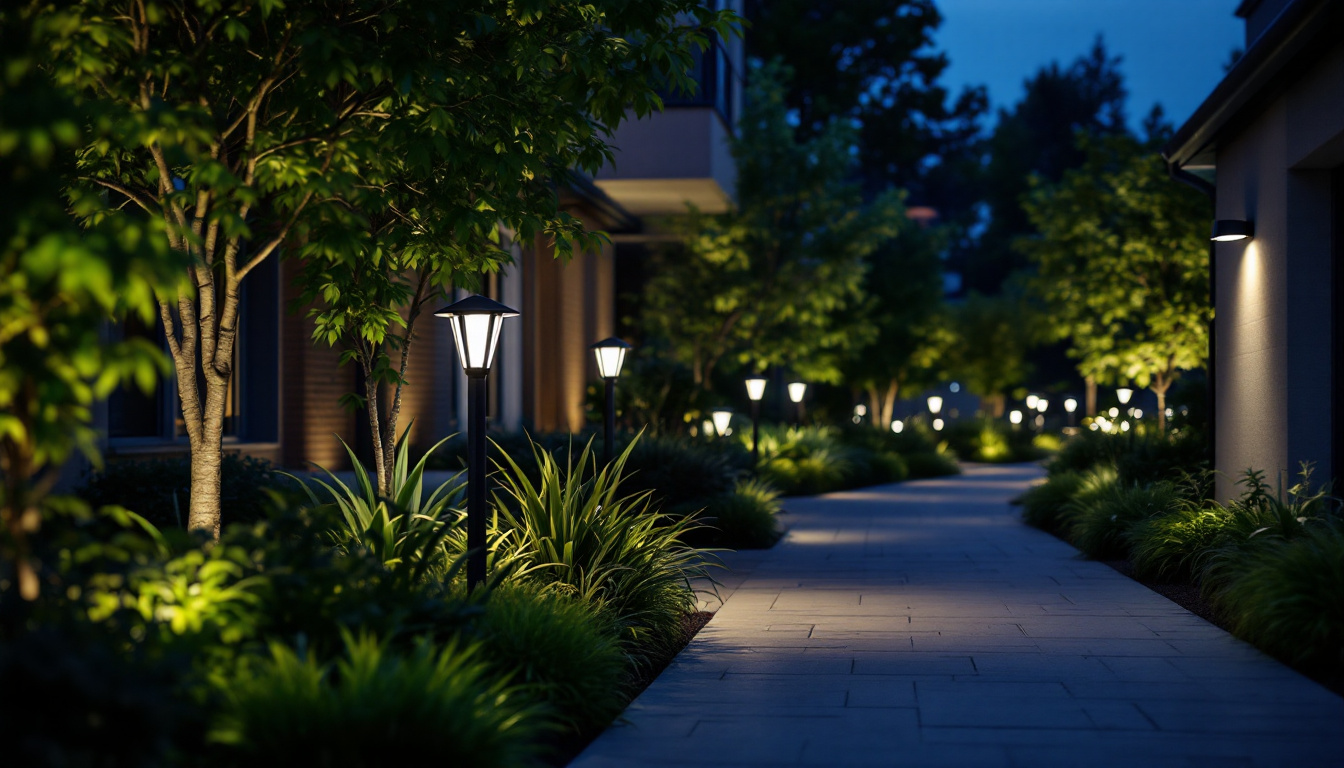
In the quest for energy-efficient lighting solutions, understanding the components of can lights is essential for contractors. Can lights, also known as recessed lights, have gained popularity for their sleek design and ability to provide ambient lighting without occupying valuable space. However, the efficiency and effectiveness of these fixtures largely depend on their components. This article delves into the various components of can lights, their importance, and how they contribute to energy efficiency.
Can lights are designed to be installed in the ceiling, creating a clean and modern look. They are often used in residential and commercial settings for a variety of lighting applications, from general illumination to accent lighting. The design of can lights allows them to blend seamlessly into the ceiling, making them a favored choice among architects and designers. Their versatility means they can be used in various settings, from cozy living rooms to expansive office spaces, providing a streamlined aesthetic that enhances the overall design of a room.
In addition to their visual appeal, can lights also offer practical benefits. They can be strategically placed to highlight artwork, illuminate dark corners, or create a warm ambiance in dining areas. With advancements in LED technology, many can lights are now energy-efficient, providing bright light while consuming less power than traditional bulbs. This not only helps reduce energy costs but also contributes to a more sustainable approach to lighting design.
There are several types of can lights available on the market, each serving different purposes. The most common types include:
In addition to these common types, there are also specialized can lights, such as adjustable or gimbal fixtures, which allow for directional lighting. This feature is particularly useful in spaces where you want to highlight specific areas or objects, such as a piece of art or a decorative feature. Furthermore, some can lights come with smart technology, enabling users to control brightness and color temperature through mobile apps or voice commands, thus enhancing the user experience and convenience.
The effectiveness of can lights is determined by several key components, each playing a vital role in performance and energy efficiency. Understanding these components is crucial for contractors aiming to provide the best solutions for their clients.
One of the most important components is the trim, which not only affects the aesthetic appeal but also influences the distribution of light. Trims come in various styles, including baffle, reflector, and adjustable, allowing for customization based on the desired lighting effect. Additionally, the housing of the can light, which contains the electrical components, is essential for ensuring safety and longevity. High-quality housing can prevent overheating and reduce the risk of fire hazards, making it a critical consideration in the installation process. Lastly, the choice of bulb—whether LED, halogen, or incandescent—can significantly impact energy consumption and light quality, further emphasizing the importance of selecting the right components for optimal performance.
Each can light consists of several essential components that contribute to its overall functionality. Familiarity with these elements is important for installation and maintenance, as well as for achieving optimal energy efficiency.
The housing is the structure that holds all the components of the can light. It is typically made from metal or plastic and is designed to fit into the ceiling. The housing must be chosen based on the type of installation—new construction or remodel—and the specific requirements of the space. Proper housing ensures that the fixture is securely mounted and minimizes air leaks, which can lead to energy loss. Additionally, some housing options come with built-in insulation barriers that help prevent heat transfer, further enhancing energy efficiency and maintaining the desired temperature within the living space.
The trim is the visible part of the can light that is installed in the ceiling. It comes in various styles and finishes, allowing for customization based on aesthetic preferences. The trim not only affects the appearance of the fixture but also influences the distribution of light. Different trims can provide different beam angles and light intensities, making it crucial to select the right trim for the intended lighting effect. For example, a baffle trim can help reduce glare and soften the light, making it ideal for living areas, while a reflector trim can enhance brightness, making it suitable for task-oriented spaces like kitchens or work areas. Furthermore, trims can be designed to accommodate adjustable features, allowing for directional lighting that can highlight artwork or architectural details in a room.
Can lights can accommodate various types of light sources, including incandescent, halogen, fluorescent, and LED bulbs. The choice of light source significantly impacts energy efficiency. LED bulbs, for example, consume significantly less energy and have a longer lifespan compared to traditional incandescent bulbs. This not only reduces energy costs but also minimizes the frequency of bulb replacements, contributing to overall sustainability. Additionally, advancements in LED technology have led to the development of smart bulbs that can be controlled via mobile apps or voice commands, offering convenience and flexibility in lighting design. These smart options often include features such as dimming capabilities and color temperature adjustments, allowing homeowners to create the perfect ambiance for any occasion while maximizing energy savings.
Energy efficiency is a key consideration when selecting and installing can lights. By understanding how each component contributes to energy use, contractors can make informed decisions that benefit both their clients and the environment.
When it comes to energy efficiency, the choice of bulb is paramount. LED bulbs are widely regarded as the most energy-efficient option available. They use up to 75% less energy than incandescent bulbs and can last up to 25 times longer. Additionally, LED technology has advanced significantly, offering a range of color temperatures and brightness levels to suit various applications.
Incorporating dimming systems into can light installations can further enhance energy efficiency. Dimmers allow users to adjust the light output according to their needs, reducing energy consumption when full brightness is not required. This flexibility not only contributes to energy savings but also enhances the overall ambiance of a space.
Proper insulation and air sealing around can lights are critical for maintaining energy efficiency. Air leaks can lead to significant energy loss, making it essential to use IC-rated fixtures in insulated ceilings. Additionally, using airtight can lights can help prevent drafts and heat loss, ensuring that the heating and cooling systems operate more efficiently.
To maximize the benefits of can lights, proper installation is essential. Following best practices can ensure that the fixtures perform optimally and contribute to energy efficiency.
Before installation, careful planning of the layout is crucial. Consider the purpose of the lighting, the size of the space, and the desired ambiance. A well-planned layout can help avoid over-illumination and ensure that light is evenly distributed throughout the area.
Each can light comes with specific manufacturer guidelines that should be followed during installation. These guidelines provide important information regarding wiring, housing placement, and compatibility with various light sources. Adhering to these instructions can prevent issues that may arise from improper installation.
After installation, it is important to test the fixtures to ensure they are functioning as intended. Adjustments may be necessary to achieve the desired light output and distribution. Taking the time to fine-tune the installation can greatly enhance the overall effectiveness of the lighting system.
The lighting industry is continuously evolving, with new technologies and trends emerging regularly. Staying informed about these developments can help contractors offer cutting-edge solutions to their clients.
Smart lighting technology is becoming increasingly popular, allowing users to control their lighting systems remotely via smartphones or voice-activated devices. Integrating smart controls with can lights can enhance convenience and energy efficiency. Users can set schedules, adjust brightness, and even change color temperatures to suit their preferences.
As LED technology continues to advance, new options are becoming available that offer even greater energy efficiency and versatility. Innovations such as tunable white LEDs, which allow users to adjust the color temperature, and high-lumen output LEDs are making can lights more adaptable to various lighting needs.
With an increasing focus on sustainability, manufacturers are developing eco-friendly lighting options that minimize environmental impact. This includes using recyclable materials for fixtures and packaging, as well as creating energy-efficient products that reduce overall energy consumption. Contractors should stay informed about these options to meet the growing demand for sustainable solutions.
Understanding the components of can lights is essential for contractors looking to provide energy-efficient lighting solutions. By selecting the right housing, trim, and light source, and implementing best practices during installation, contractors can enhance the performance and efficiency of can lights. As the industry continues to evolve, staying informed about trends and advancements will enable contractors to offer innovative and sustainable lighting solutions that meet the needs of their clients.
Embracing energy-efficient lighting not only benefits clients through reduced energy costs but also contributes to a more sustainable future. By prioritizing education and awareness of can light components, contractors can position themselves as leaders in the lighting industry, ready to tackle the challenges and opportunities that lie ahead.
Ready to elevate your lighting projects with energy-efficient can light components? Look no further than LumenWholesale for all your lighting needs. We provide contractors with high-quality, specification-grade lighting products at unbeatable wholesale prices, ensuring you get the most reliable and high-performance lighting solutions for your installations. With our commitment to quality, affordability, and convenience, you can trust us to supply the best value in wholesale lighting. Say goodbye to inflated markups and hello to hassle-free bulk buying with free shipping. Discover the best value in wholesale lighting at LumenWholesale and make the smart choice for your next project.

Discover the science behind four-foot LED lights and why they’re a game-changer for lighting contractors.

Discover the ultimate resource for lighting professionals with “Cablemaster: Lighting Contractors’ Guide.” This comprehensive article offers expert insights, practical tips, and innovative solutions to enhance your lighting projects, ensuring efficiency and excellence in every installation.

Discover how LED floodlights can transform your outdoor spaces with innovative lighting designs.

Discover how outdoor LED fixtures revolutionize safety in lighting installations.